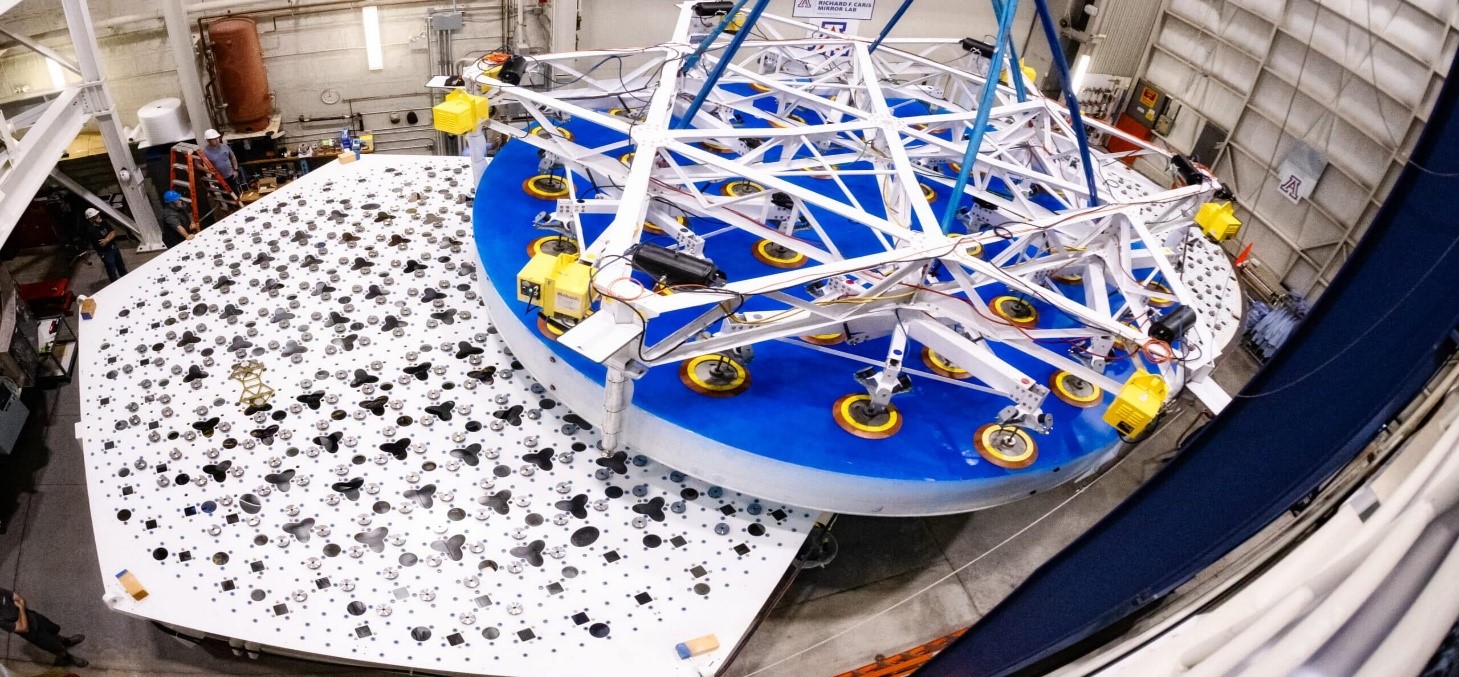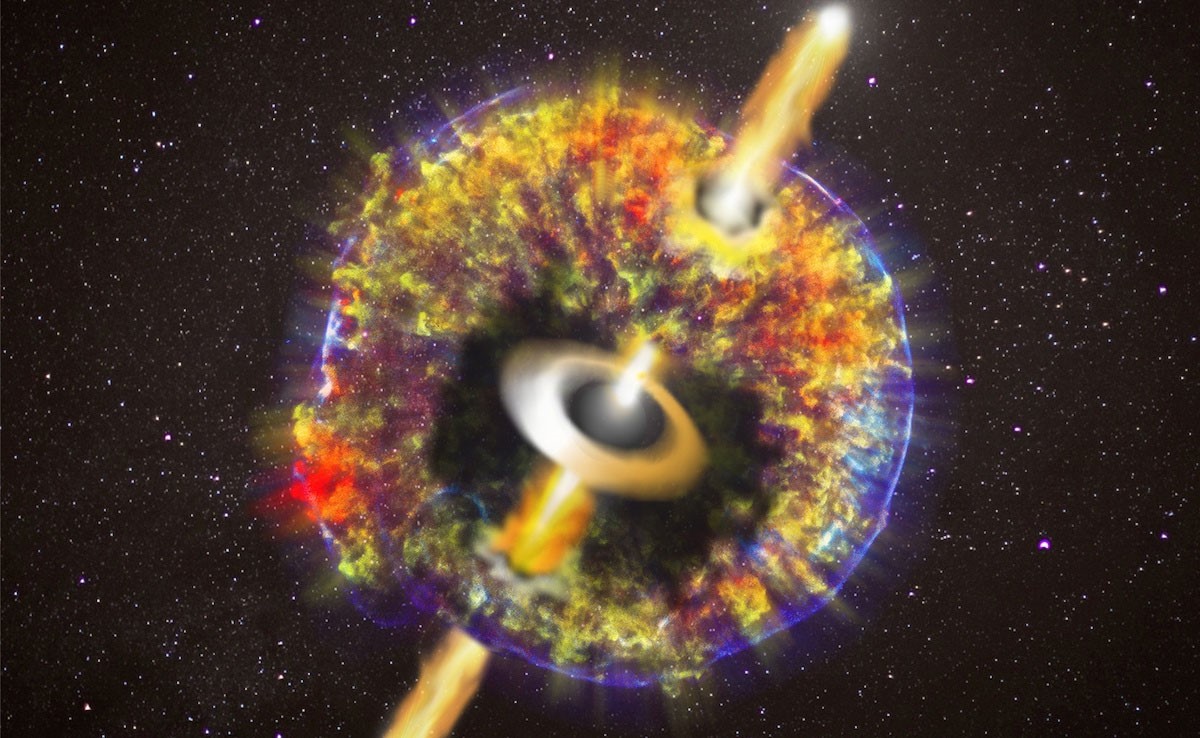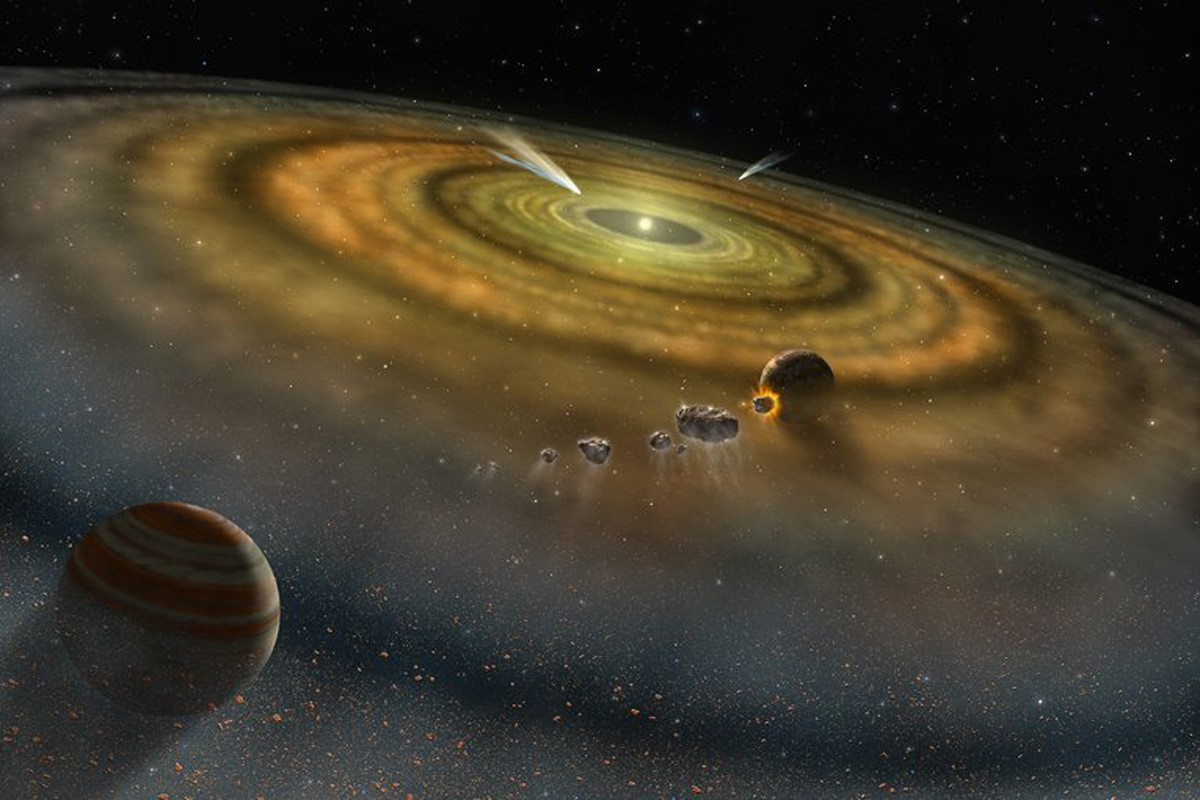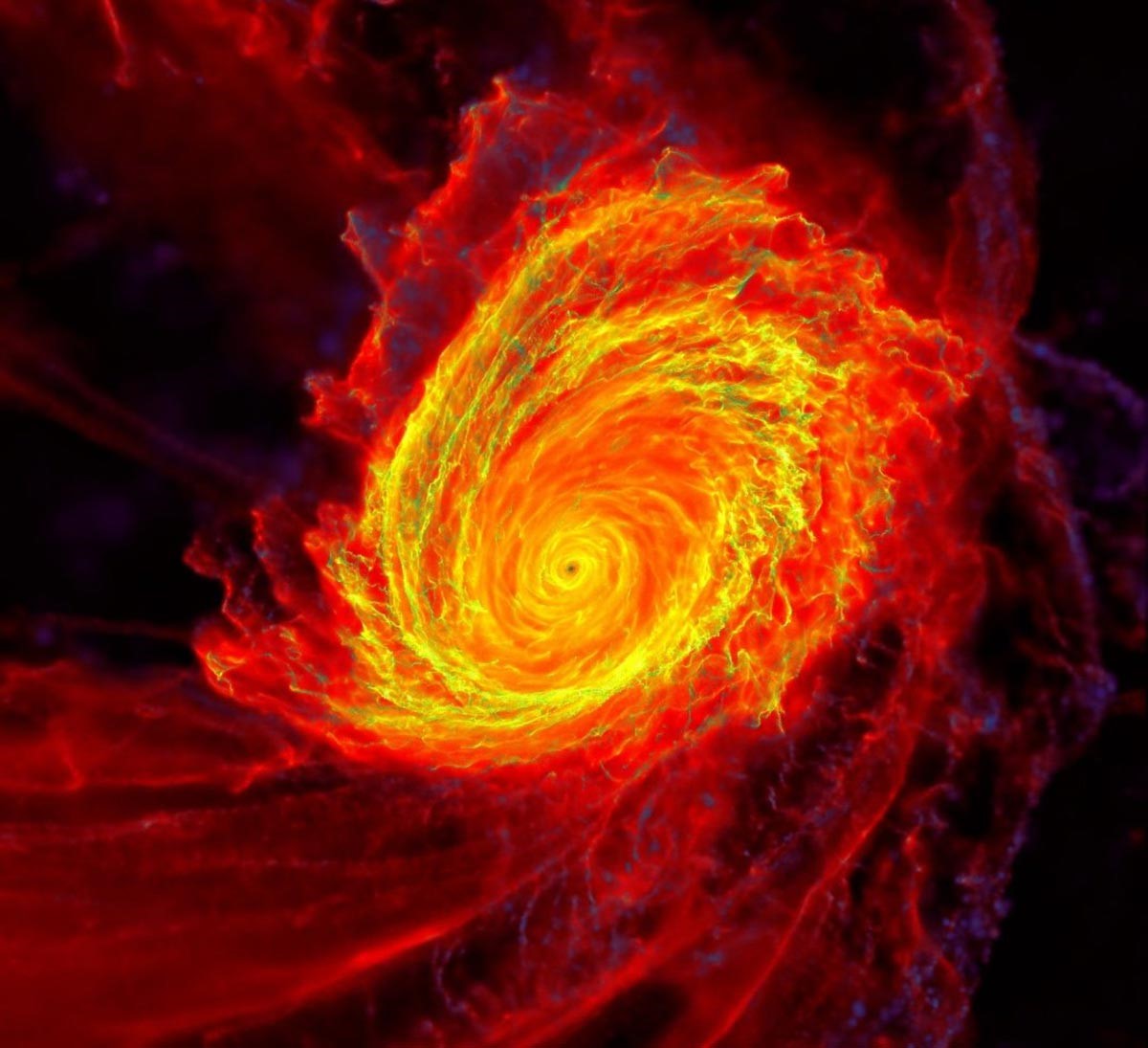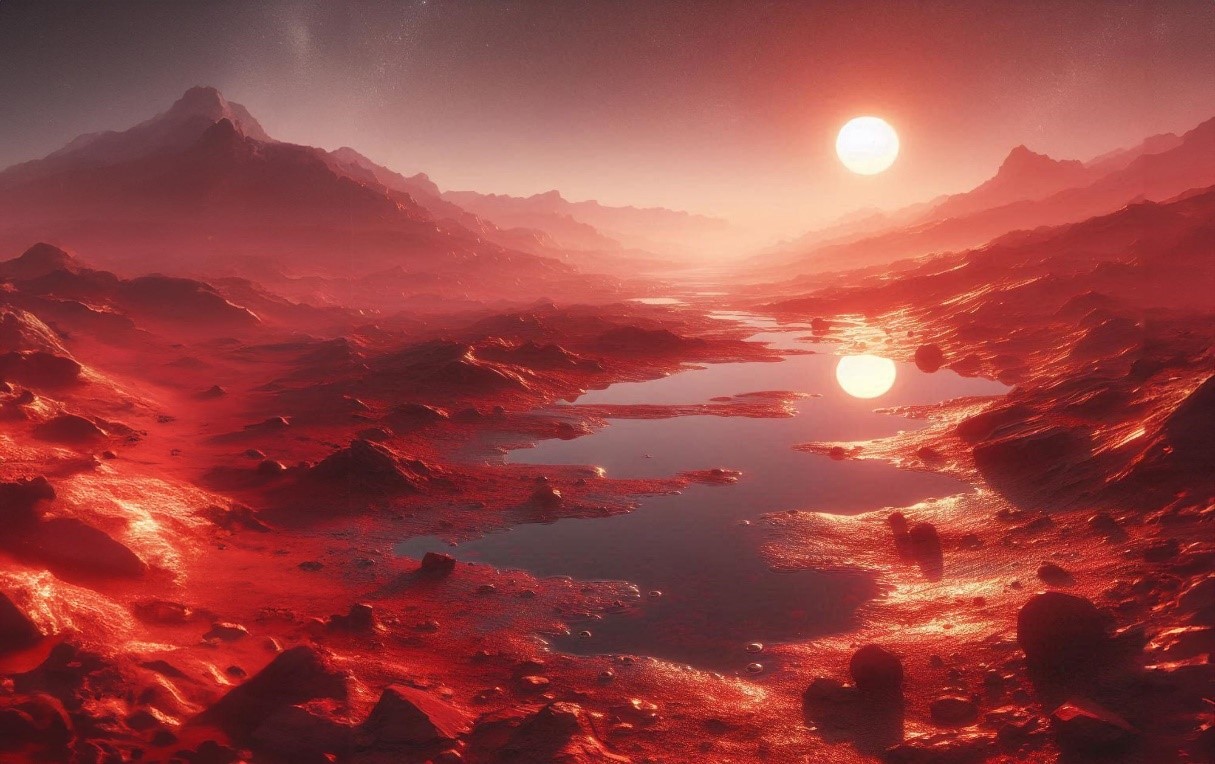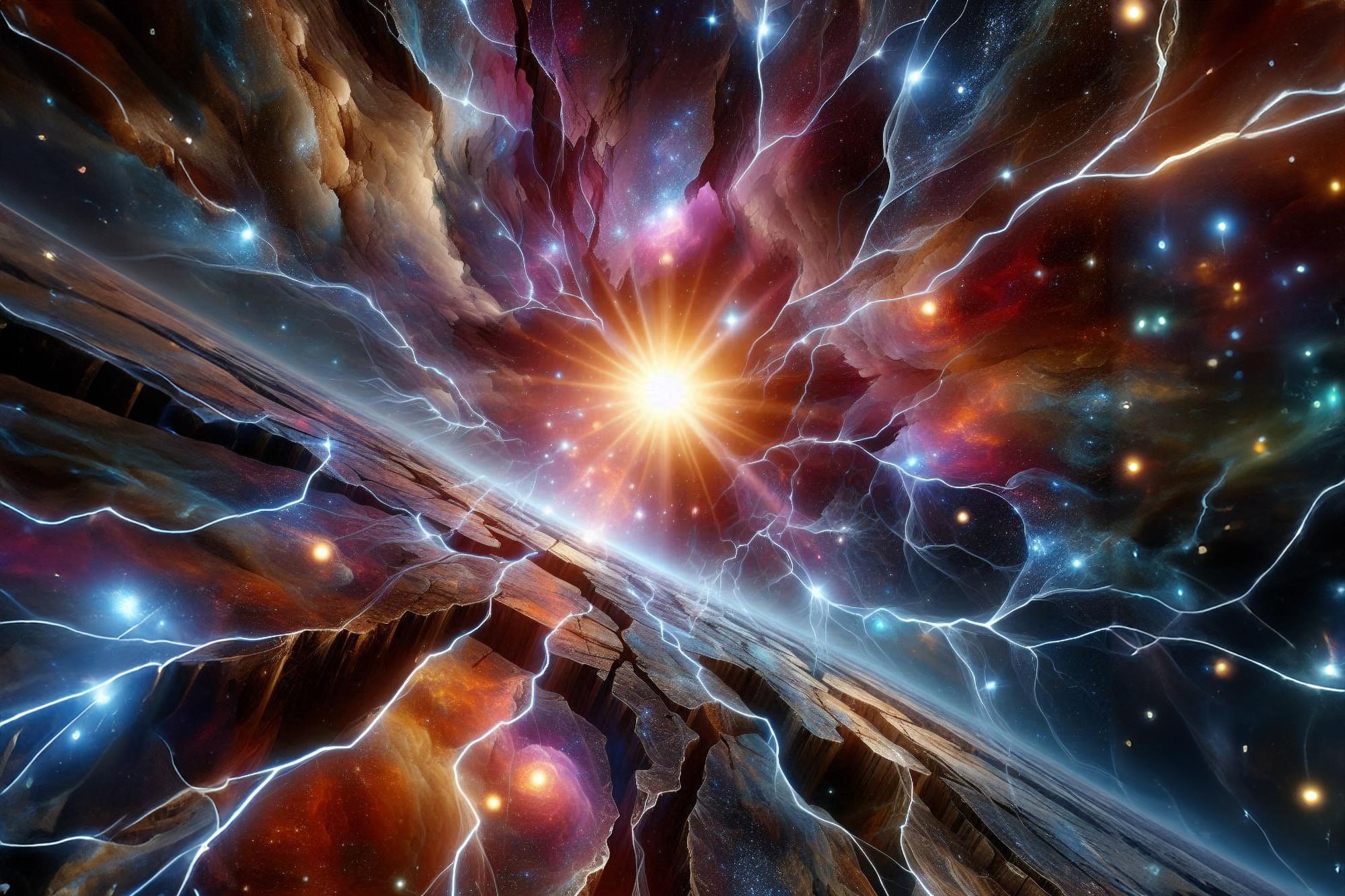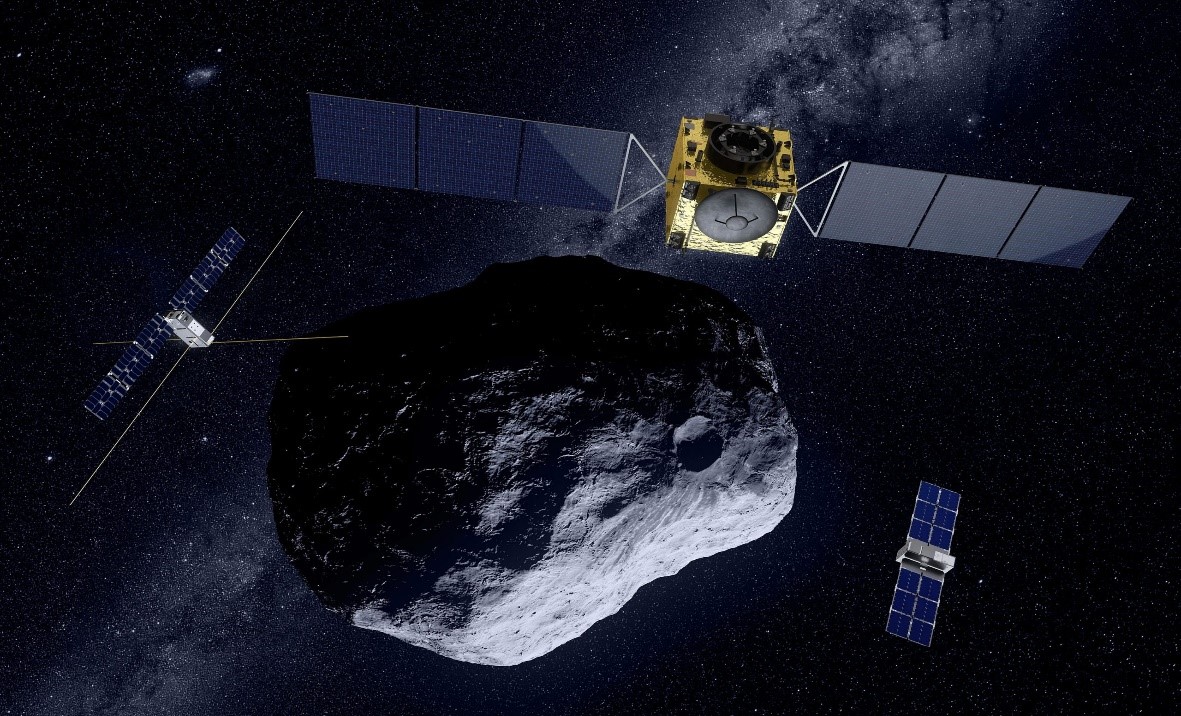Voyager 2’s 38-Year-Old Data Finally Unlocks the Mysteries of Uranus
Decades after Voyager 2's flyby of Uranus, which greatly expanded scientists' understanding of the planet but left certain mysteries unresolved, a recent analysis of its data has now provided new insights.
During Voyager 2's 1986 flyby, Uranus was observed amid a rare magnetic anomaly triggered by unusual space weather. This event influenced the behavior of its magnetosphere, providing fresh insights into the planet's intense radiation belts and hinting at possible activity on its moons.

Figure 1. NASA’s 38-Year-Old Voyager 2 Data Solves Uranus Mysteries
The Historic Flyby of Uranus by Voyager 2
In 1986, NASA’s Voyager 2 spacecraft conducted its historic flyby of Uranus, giving scientists their first—and still only—detailed look at this distinctive outer planet with its unusual sideways rotation. Voyager 2 uncovered new moons and rings, but it also revealed puzzling phenomena. The behavior of energized particles around Uranus contradicted scientists’ expectations of how magnetic fields typically trap particle radiation, marking Uranus as a unique case in the solar system. Figure 1 Shows NASA’s 38-Year-Old Voyager 2 Data Solves Uranus Mysteries.
Recent research revisiting data from Voyager 2’s 38-year-old flyby has unraveled the mystery, suggesting it was the result of a cosmic coincidence. Just days before Voyager 2's arrival, an unusual space weather event compressed Uranus’s magnetosphere, dramatically altering the planet’s magnetic field and creating the unique conditions the spacecraft observed.
“If Voyager 2 had arrived just a few days earlier, it would have seen a completely different magnetosphere at Uranus,” explained Jamie Jasinski from NASA’s Jet Propulsion Laboratory in Southern California, lead author of the new study published on November 11 in Nature Astronomy. “The spacecraft witnessed Uranus in conditions that only occur around 4% of the time.”
The Significance of Magnetospheres
Magnetospheres act as protective shields around planets (including Earth) with magnetic cores and fields, guarding them against streams of ionized gas—or plasma—from the Sun, known as solar wind. Understanding magnetospheres is key to learning more about our planet and exploring distant parts of the solar system and beyond.
This interest drove scientists to closely study Uranus’ magnetosphere. However, what they observed in Voyager 2’s 1986 data left them baffled. Within Uranus’s magnetosphere were electron radiation belts nearly as intense as Jupiter's famously harsh belts, yet there appeared to be no source of energized particles sustaining them. In fact, much of Uranus’ magnetosphere seemed almost entirely void of plasma.
The absence of plasma raised additional questions. Scientists expected that Uranus’s five major moons within the magnetic field would generate water ions, as icy moons around other outer planets do. This led them to conclude that the Uranian moons were likely inactive, showing no signs of ongoing geological or chemical processes.
Effects of Solar Wind Events
So why was there no plasma observed, and what fueled the radiation belts? The new analysis suggests the answer lies in the solar wind. When plasma from the Sun struck and compressed Uranus’s magnetosphere, it likely forced plasma out of the system. This solar wind event would have also temporarily intensified the magnetosphere’s activity, injecting electrons into the radiation belts.
These findings offer promising implications for Uranus’s five major moons: some of them could indeed be geologically active. With an explanation for the missing plasma, researchers now believe it’s possible the moons may have been continuously releasing ions into the surrounding magnetic bubble all along.
Future Missions and Scientific Anticipation
Planetary scientists are increasingly focused on enhancing their understanding of the enigmatic Uranus system, which the National Academies' 2023 Planetary Science and Astrobiology Decadal Survey highlighted as a key target for a future NASA mission. Linda Spilker of JPL, one of the scientists involved in the Voyager 2 mission, vividly recalls the excitement and anticipation surrounding the 1986 Uranus flyby. The event reshaped scientists' perspectives on the planet's system.
“The flyby was full of surprises, and we were eager to explain its unusual behavior. The magnetosphere Voyager 2 measured was just a snapshot in time,” said Spilker, who has since returned to the mission as project scientist to lead its science team. “This new research clarifies some of the contradictions, and it will once again transform our understanding of Uranus.”
Now in interstellar space, Voyager 2 is nearly 13 billion miles (21 billion kilometers) from Earth.
Source: nature astronomy
Cite this article:
Janani R (2024), Voyager 2’s 38-Year-Old Data Finally Unlocks the Mysteries of Uranus, AnaTechMaz, pp. 127


